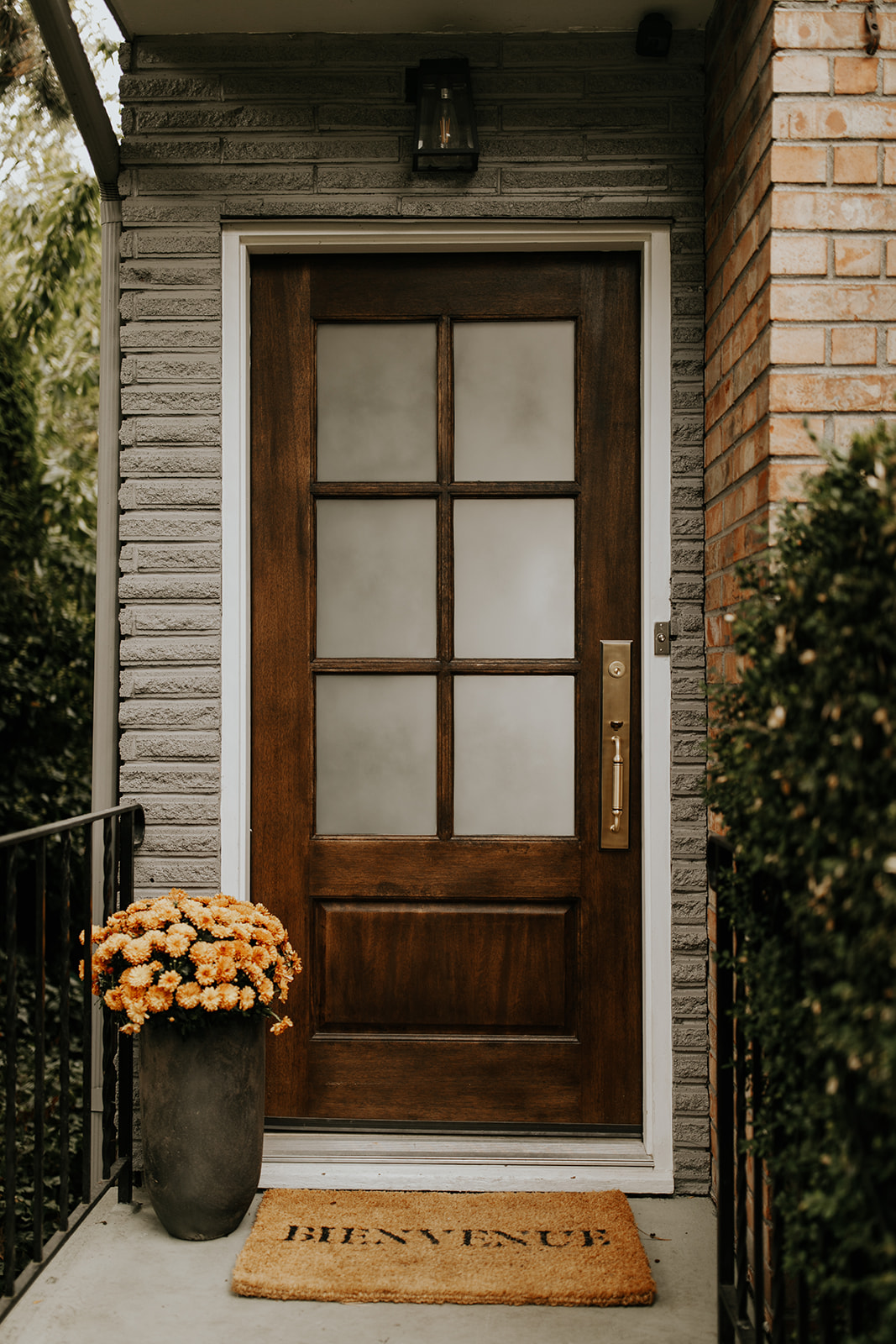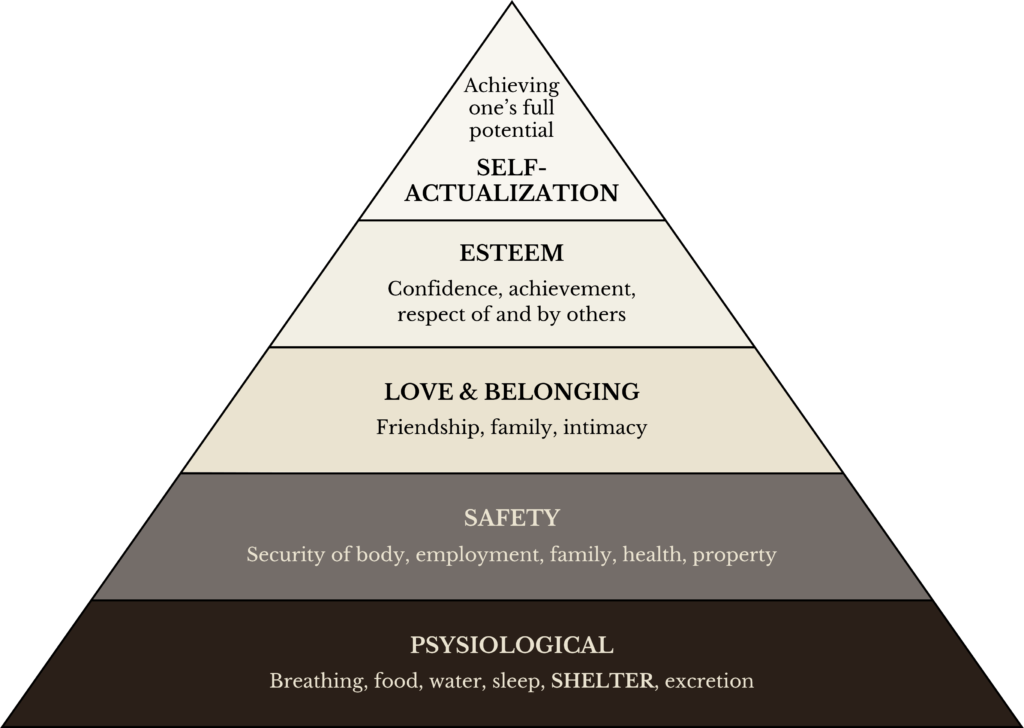
Everyone Deserves a Home
A simple statement. A practical path forward
In January of 2020, two months before the COIVD-19 pandemic, over 580,000 people were experiencing homelessness in the United States1, 110,000 of whom were experiencing chronic homelessness. This was the forth straight year of growth in the homelessness population. There has yet to be another point-in-time count during the pandemic, however many fear COVID-19 has exacerbated the homelessness crisis in America. On the first tier of Maslow’s Hierarchy, shelter is a widely accepted basic physiological need for all humans yet is not a reality for over half a million Americans.
Our home city of Seattle ranks third in the nation for homeless population by metro area. In 2018, over 3,500 people experienced chronic homelessness in King County, a 28% increase from 2017. As of 2020, the Seattle homeless population was 11,751, an over 30% increase since 2010

Solving the chronic homelessness crisis can seem like an insurmountable challenge, however proven solutions exist. Supportive housing or permanent supportive housing (PSH) is an evidence-based housing intervention that combines non-time-bound affordable housing assistance with wrap-around supportive services for people experiencing homelessness.
Per the Third Door Coalition, a solution-focused group of business leaders, service providers who have come together to solve chronic homelessness in King County, “research has proven that supportive housing is a cost-effective solution to homelessness, particularly for people experiencing chronic homelessness. Studies consistently show that supportive housing not only resolves homelessness and increases housing stability, but also improves health and lowers public costs by reducing the use of publicly-funded crisis services, including shelters, hospitals, psychiatric centers, jails, and prisons.” 3
In 2016, the City and County of Denver launched the Denver Supportive Hosing Social Impact Bond Initiative (Denver SIB), a five year initiative aimed at increasing housing stability and decreasing jail stays among those were experiencing chronic homelessness and having frequent interactions with the criminal justice and emergency health systems. The project results “debunk the false narrative that people experiencing homelessness choose to live on the streets.” After three years in the Denver SIB program, 77 percent of participants remained in stable housing. Furthermore, roughly half the total cost per person of the SIB program was offset by avoided costs for other public services.2
At Fairhaven Home, we believe everyone deserves a home, and that it is possible to end the homelessness crisis in the United States. We hope you will join us in advocating for change, and the implementation of supportive housing in cities across the country.
Sources
- National Alliance to End Homelessness
- United States Interagency Council on Homelessness
- Results from the Denver SIB mentioned above.
- The Third Door Coalition

